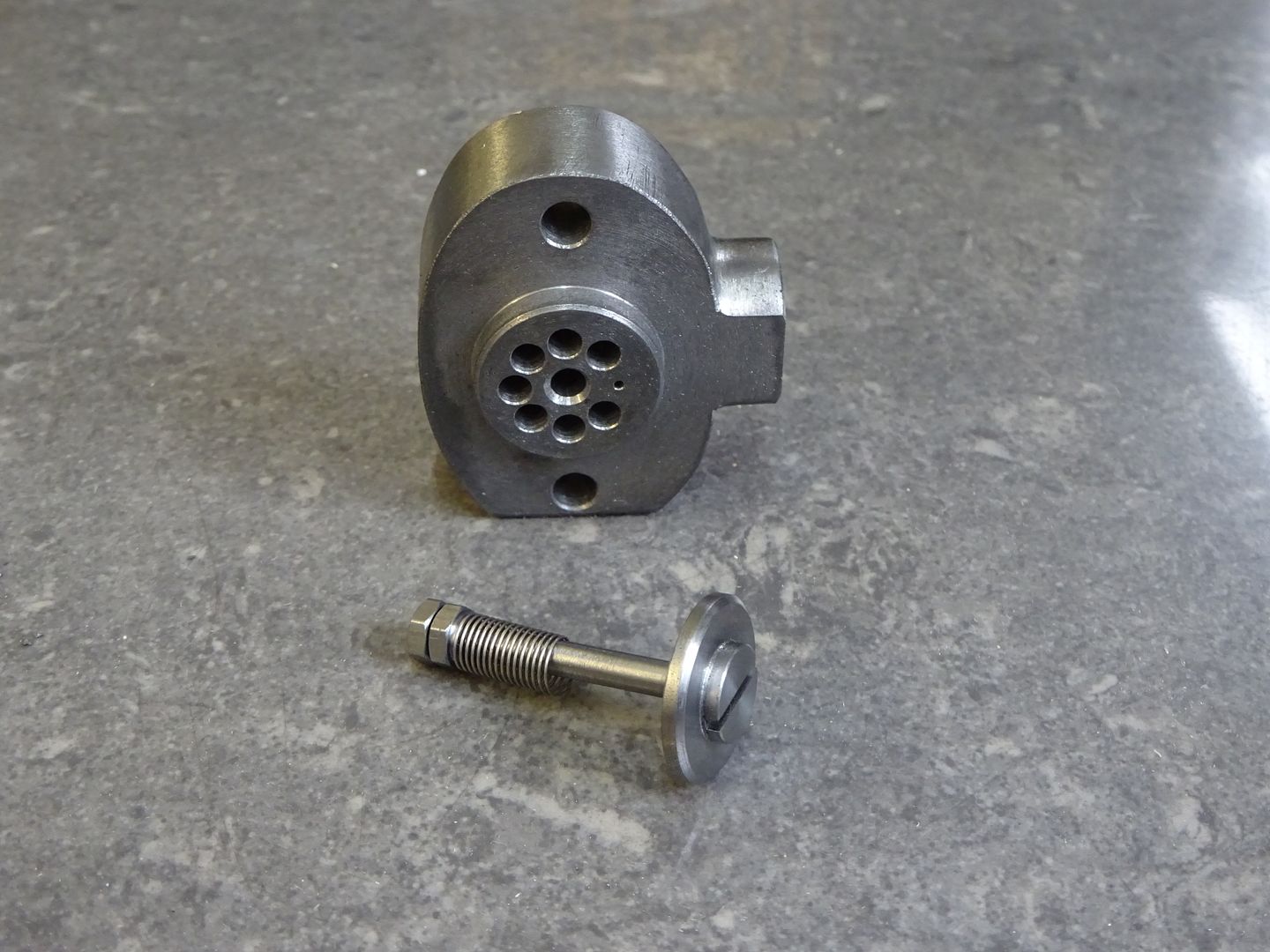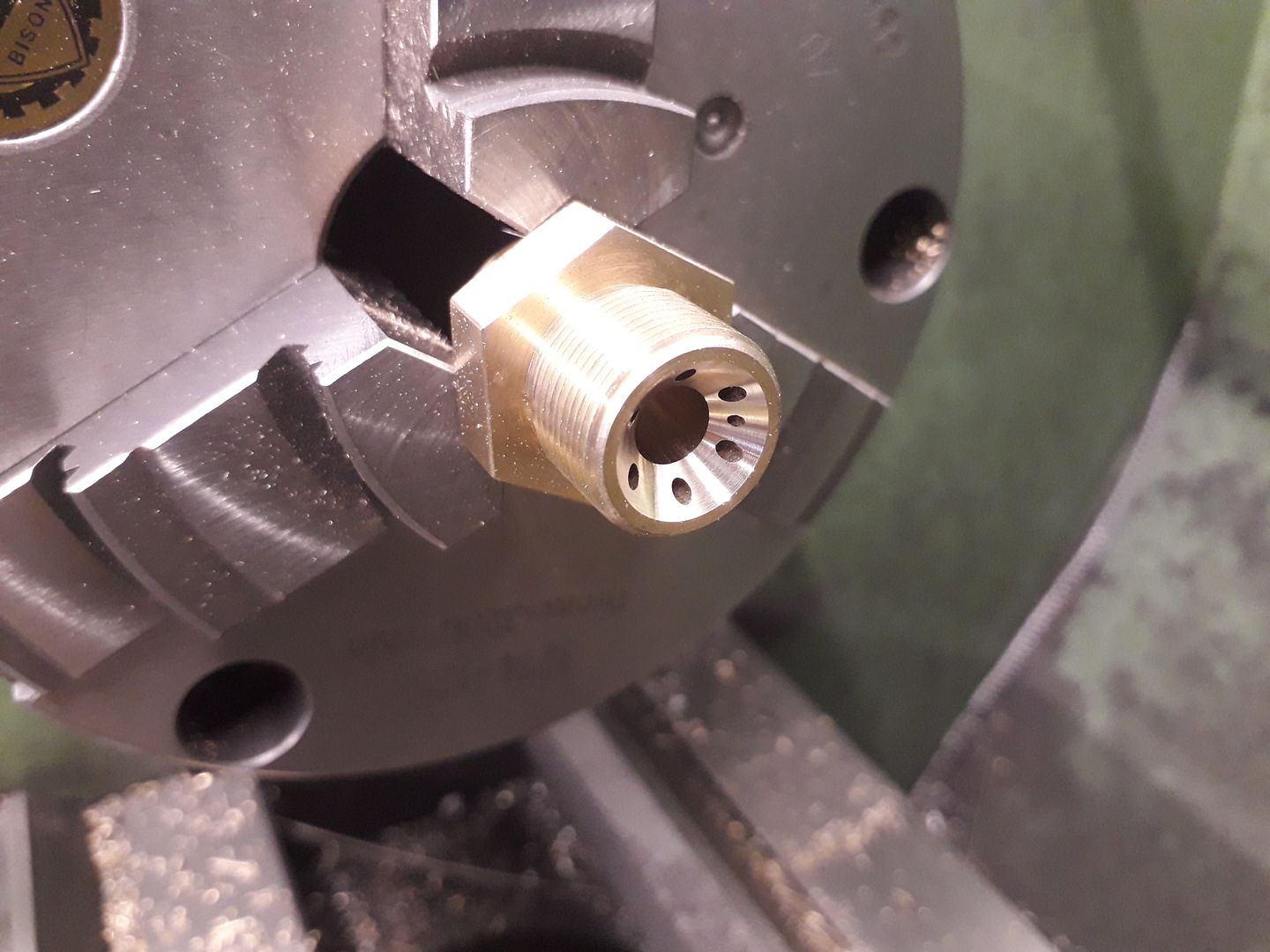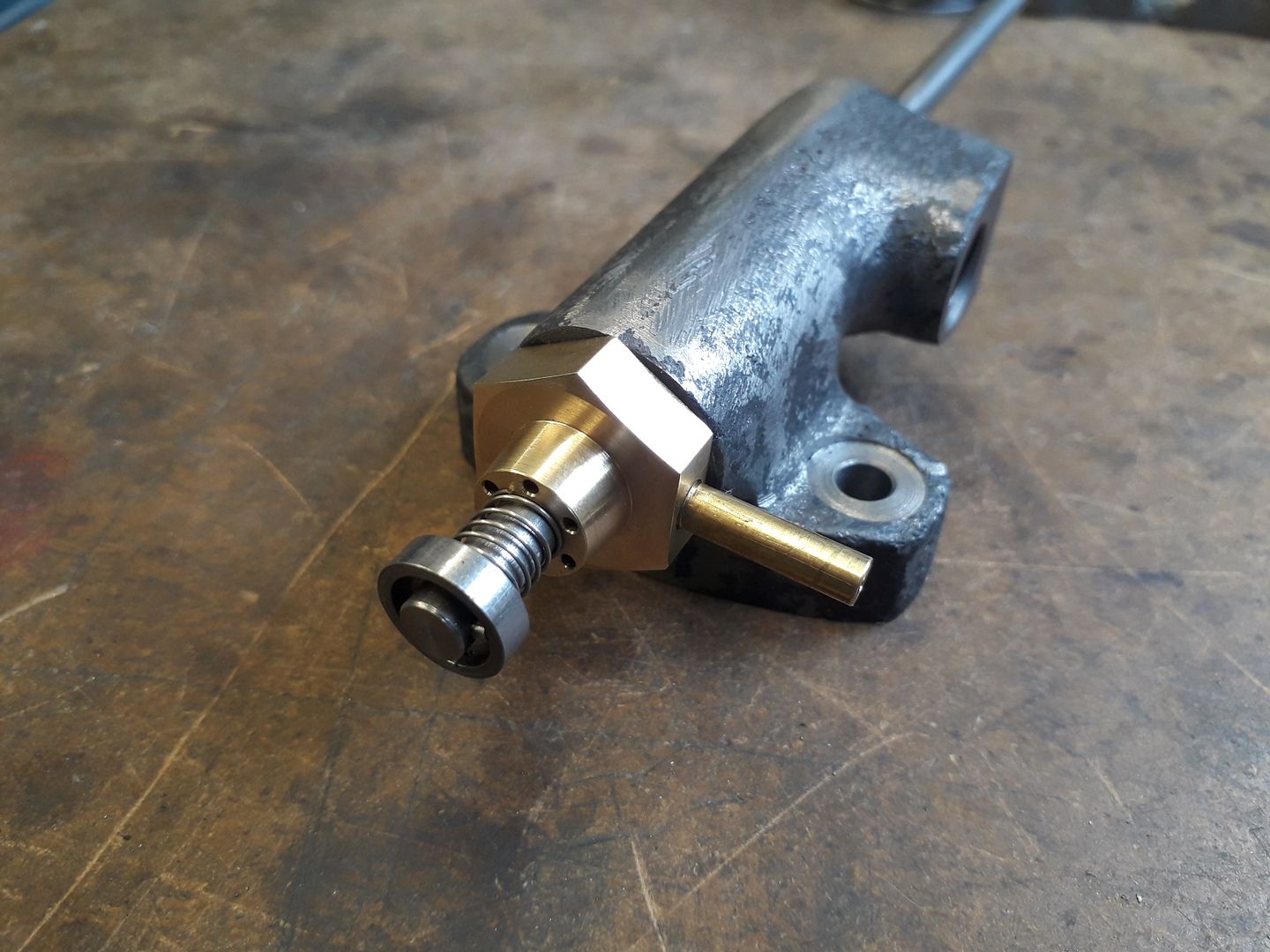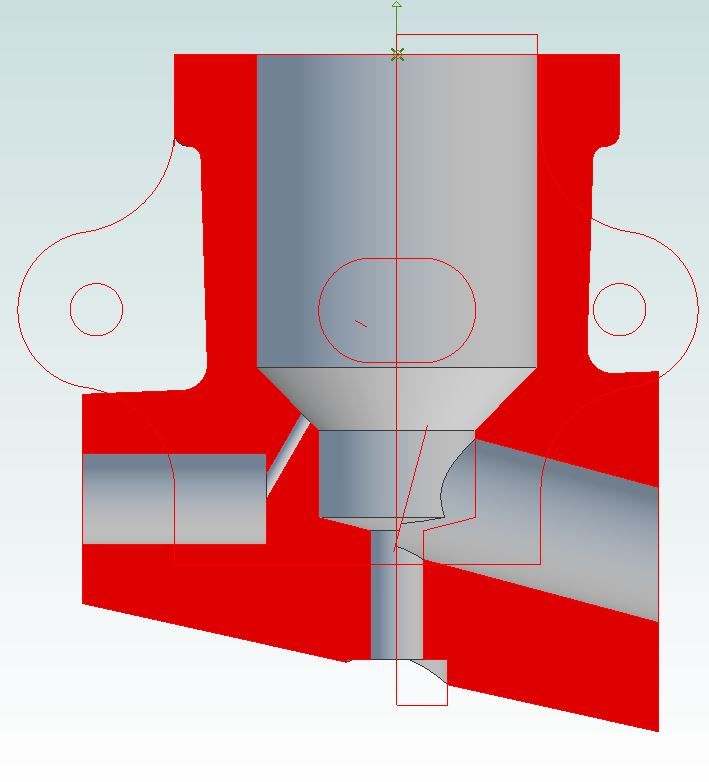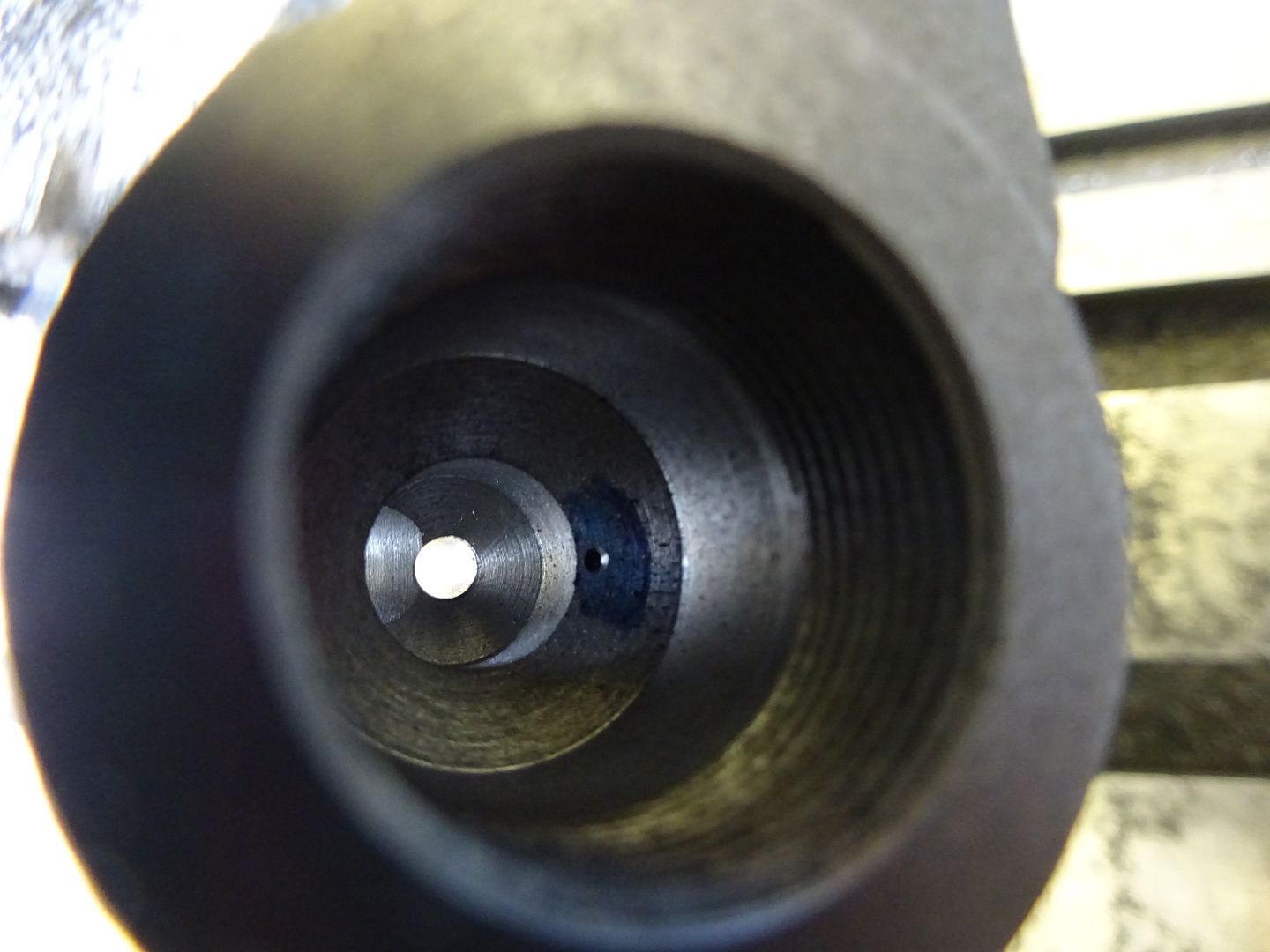xander janssen
Well-Known Member
- Joined
- Jan 5, 2012
- Messages
- 164
- Reaction score
- 191
Hi there,
I was wondering if I can run my IC engine 25 mm (1 inch) bore on propane or butane (or mixture) to avoid having the need for a carburetor. Just running idle is sufficient, no need for various RPMs as it will only be used to run the engine for demonstration only.
My idea is as follows (which works at real size engines):
- Use liquified propane/butane (or mix) in a camping stove type cartridge
- Reduce the pressure using a commercial available (tested, certified etc) pressure reducing device to ~30 mbar (0.4 psi)
- Make a cam operated valve that releases the gas only during (part of) the intake stroke into the intake manifold
This should avoid any flooding of the engine and for my 2VD5 engine allow to run without a carburetor which spoils the "Diesel" engine look of the engine.
Anyone ever tried this who can help me with the design/principle of the valve? This is to my opinion the most challenging part as it should not leak during operation nor during the closed phase to avoid dangerous situation of leaking flammable gas.
Regards,
Xander
I was wondering if I can run my IC engine 25 mm (1 inch) bore on propane or butane (or mixture) to avoid having the need for a carburetor. Just running idle is sufficient, no need for various RPMs as it will only be used to run the engine for demonstration only.
My idea is as follows (which works at real size engines):
- Use liquified propane/butane (or mix) in a camping stove type cartridge
- Reduce the pressure using a commercial available (tested, certified etc) pressure reducing device to ~30 mbar (0.4 psi)
- Make a cam operated valve that releases the gas only during (part of) the intake stroke into the intake manifold
This should avoid any flooding of the engine and for my 2VD5 engine allow to run without a carburetor which spoils the "Diesel" engine look of the engine.
Anyone ever tried this who can help me with the design/principle of the valve? This is to my opinion the most challenging part as it should not leak during operation nor during the closed phase to avoid dangerous situation of leaking flammable gas.
Regards,
Xander





